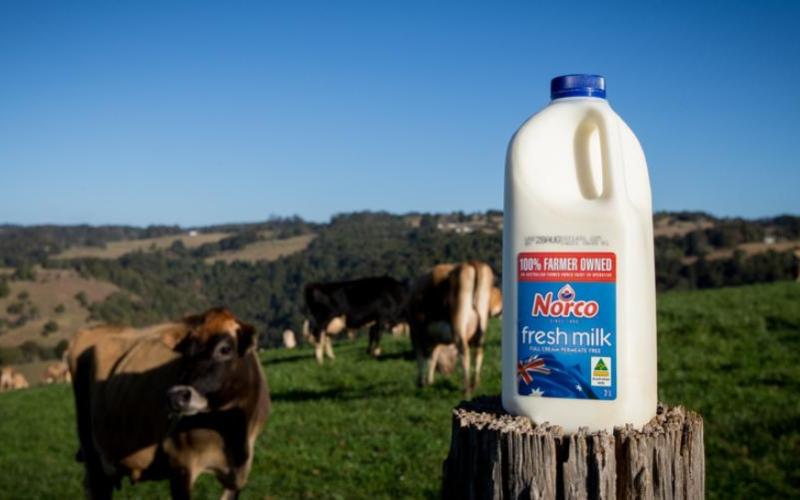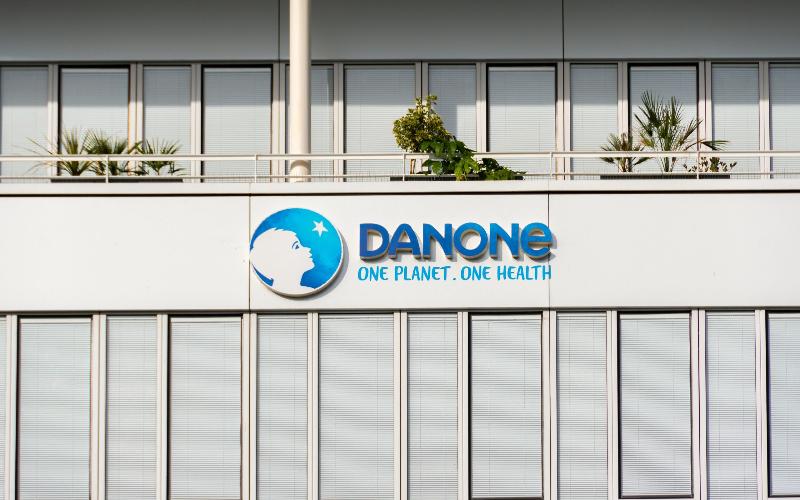Ukraine's Cattle Population Declines Amid War Impact on Dairy Farming
Source: The DairyNews
As of January 1, 2024, Ukraine's cattle population has decreased by 73.5 thousand heads, marking a 3.3% decline compared to January 2023 and a 4.9% decrease from December 1 of the previous year.

The ongoing reduction is attributed to the detrimental effects of the war on Ukraine's dairy industry, according to analyst Georgiy Kukhaleyshvili fr om the Milk Producers Association.
Preliminary data from the State Statistics Service reveals that as of January 1, 2024, Ukraine has 2,233.60 thousand heads of cattle in household and industrial sectors, including 1,290.20 thousand cows. In comparison to December 1, 2023, the cattle population has decreased by 109.6 thousand heads (4.9%), with cow numbers dropping by 15 thousand heads (1.2%). Over the past year, the overall cattle population declined by 73.5 thousand heads (3.3%), including a 62.6 thousand head decrease in cows (4.9%). Approximately 29% of the animals are in industrial enterprises, while 71% are in households.
In the industrial sector, there are 912.6 thousand heads of cattle, slightly lower than December 2023. The cow population on enterprises decreased by 2.2 thousand heads (0.6%) in the last month, contributing to a year-on-year reduction of 29.5 thousand heads (3.2%) in cattle and 20.7 thousand heads (5.5%) in cows.
The household sector houses 1,321 thousand heads of cattle, an 8.2% decrease from December 1, 2023. The number of cows in households as of January 1, 2024, was 916.7 thousand, reflecting a 12.8 thousand head reduction (1.4%) compared to the previous month. Over the past year, cattle numbers in households decreased by 44 thousand heads (3.3%), and the cow population dropped by 41.9 thousand heads (4.6%).
Kukhaleyshvili notes that the cattle reduction issue has been a long-standing problem for Ukraine, exacerbated by the lack of an effective state support program for dairy farming. The war has further worsened the situation, with farmers facing challenges such as cattle losses due to shelling by Russian occupiers and the difficulty of maintaining livestock in occupied territories.
The contamination of pastures with mines and shells, the reduction of arable land due to occupation, and the presence of mines and shells have contributed to deteriorating feeding conditions. Many farmers are hesitant to invest in increasing cattle numbers during wartime due to rising costs of feed preparation, diesel fuel, and electricity. Ukrainian dairy farmers are experiencing a shortage of working capital and credit funds.
Household farms, wh ere cattle reduction is occurring rapidly, are particularly vulnerable to these challenges. In contrast, industrial dairy farms have shown more resilience, maintaining or increasing milk production levels in 2023, reaching pre-war production volumes.
Regionally, around 53% of the total cattle population is concentrated in households across the following regions:
Khmelnytskyi Oblast - 222 thousand heads
Poltava Oblast - 182 thousand heads
Vinnytsia Oblast - 165 thousand heads
Ternopil Oblast - 132 thousand heads
Odesa Oblast - 128 thousand heads
Chernihiv Oblast - 123 thousand heads
Cherkasy Oblast - 118 thousand heads
Lviv Oblast - 116 thousand heads
According to State Statistics, only Kharkiv Oblast (13.2%), Donetsk Oblast (12.8%), and Mykolaiv Oblast (1.1%) saw an increase in cattle numbers in all categories compared to January 1 of the previous year.
Preliminary data from the State Statistics Service reveals that as of January 1, 2024, Ukraine has 2,233.60 thousand heads of cattle in household and industrial sectors, including 1,290.20 thousand cows. In comparison to December 1, 2023, the cattle population has decreased by 109.6 thousand heads (4.9%), with cow numbers dropping by 15 thousand heads (1.2%). Over the past year, the overall cattle population declined by 73.5 thousand heads (3.3%), including a 62.6 thousand head decrease in cows (4.9%). Approximately 29% of the animals are in industrial enterprises, while 71% are in households.
In the industrial sector, there are 912.6 thousand heads of cattle, slightly lower than December 2023. The cow population on enterprises decreased by 2.2 thousand heads (0.6%) in the last month, contributing to a year-on-year reduction of 29.5 thousand heads (3.2%) in cattle and 20.7 thousand heads (5.5%) in cows.
The household sector houses 1,321 thousand heads of cattle, an 8.2% decrease from December 1, 2023. The number of cows in households as of January 1, 2024, was 916.7 thousand, reflecting a 12.8 thousand head reduction (1.4%) compared to the previous month. Over the past year, cattle numbers in households decreased by 44 thousand heads (3.3%), and the cow population dropped by 41.9 thousand heads (4.6%).
Kukhaleyshvili notes that the cattle reduction issue has been a long-standing problem for Ukraine, exacerbated by the lack of an effective state support program for dairy farming. The war has further worsened the situation, with farmers facing challenges such as cattle losses due to shelling by Russian occupiers and the difficulty of maintaining livestock in occupied territories.
The contamination of pastures with mines and shells, the reduction of arable land due to occupation, and the presence of mines and shells have contributed to deteriorating feeding conditions. Many farmers are hesitant to invest in increasing cattle numbers during wartime due to rising costs of feed preparation, diesel fuel, and electricity. Ukrainian dairy farmers are experiencing a shortage of working capital and credit funds.
Household farms, wh ere cattle reduction is occurring rapidly, are particularly vulnerable to these challenges. In contrast, industrial dairy farms have shown more resilience, maintaining or increasing milk production levels in 2023, reaching pre-war production volumes.
Regionally, around 53% of the total cattle population is concentrated in households across the following regions:
Khmelnytskyi Oblast - 222 thousand heads
Poltava Oblast - 182 thousand heads
Vinnytsia Oblast - 165 thousand heads
Ternopil Oblast - 132 thousand heads
Odesa Oblast - 128 thousand heads
Chernihiv Oblast - 123 thousand heads
Cherkasy Oblast - 118 thousand heads
Lviv Oblast - 116 thousand heads
According to State Statistics, only Kharkiv Oblast (13.2%), Donetsk Oblast (12.8%), and Mykolaiv Oblast (1.1%) saw an increase in cattle numbers in all categories compared to January 1 of the previous year.














